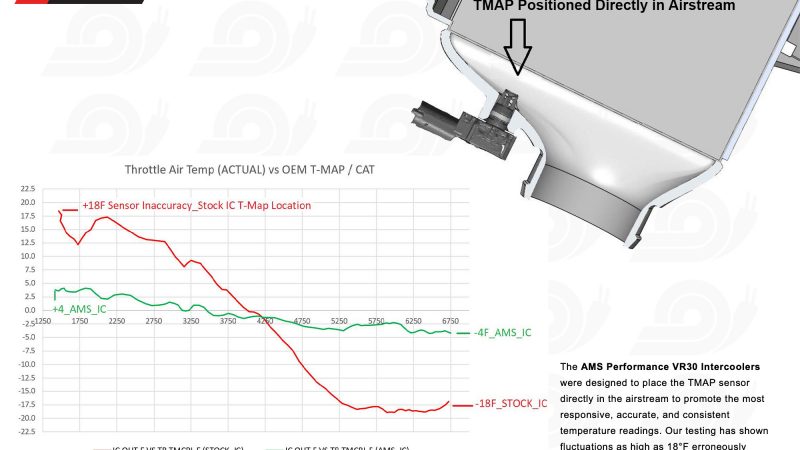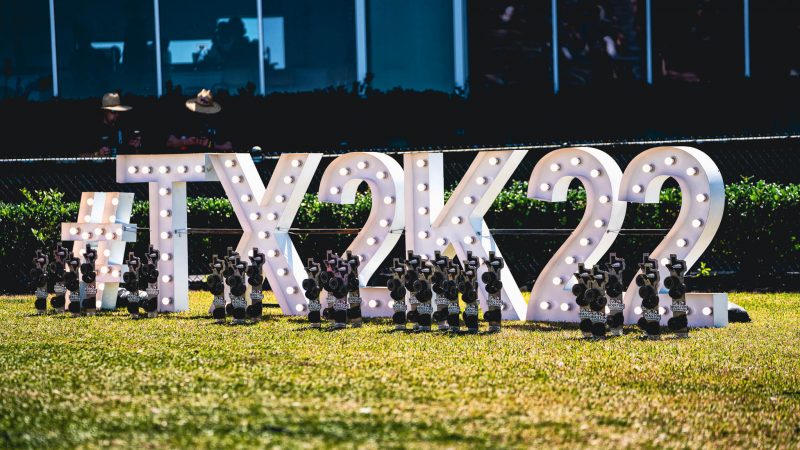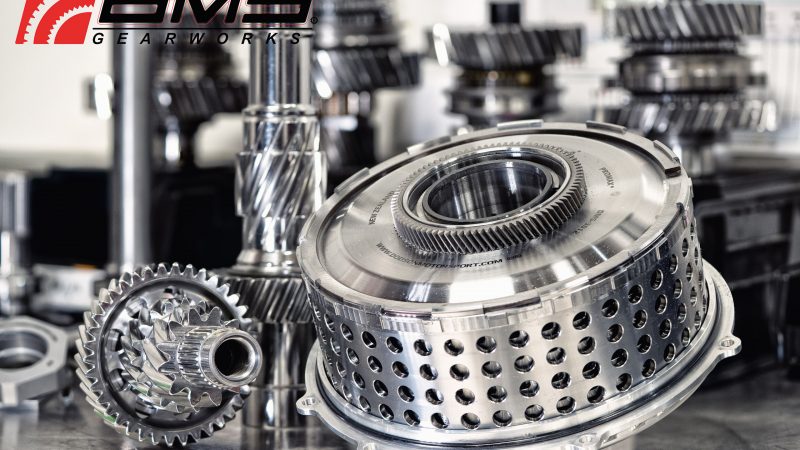AMS explores the Gen Coupe fuel system (2.0T)
I got the Coupe in the shop today and dissected the fuel system.
Access to the fuel pump is quite easy. Removing the bottom portion of the back seat will reveal the two cover plates for accessing the fuel tank. Under the drivers side is where you find the fuel pump.

After disconnecting the electrical connector and two quick connect fuel lines, you remove eight bolts for the hold down ring and the fuel sending unit lifts right out.


This is where the magic happens. Inside this fuel sending unit is the fuel pump, fuel pressure regulator and and also doubles as a surge tank. The outside houses one of the two fuel level senders. One other feature of the fuel sending unit is the siphon. Let me explain this really quick….
The fuel tank has a hump in the center for drive shaft clearance which basically splits the tank into two sections. This is what is known as a “saddle tank”. Because of the “saddle” design of the tank, a fuel transfer tube is needed to keep fuel on the side of the tank that the fuel pump is on. The passenger side has a pick up tube and the drivers side has a siphon. There is a transfer tube that runs along the top of the tank between the two sides. Inside the fuel sending unit, there is a siphon which is connected to the outlet of the fuel pressure regulator. The fuel returning back into the sending unit runs through the siphon T which creates a siphon pulling fuel from the passenger side to the drivers side. If this system was not there, you would run out of gas at a little under half a tank because all your fuel would be on the passenger side with no way to get to the fuel pump.
I was able to disassemble the fuel sending unit and pull the fuel pump out and get it into our test rig. Got some GREAT news there. Here is a chart that shows flow versus pressure of the Coupe’s fuel pump versus other pumps we have flowed.
| . |
All of the fuel pump tests we do are at 14V DC. Flow is measured by a digital flow meter after being regulated by an Aeromotive adjustable fuel pressure regulator. Pressure is monitored by a liquid filled 0-100 psi pressure gauge.
As you can see by the chart, the Coupe’s fuel pump is pretty stout. The graph lays exactly over the Evo 9 fuel pump’s graph. On an Evo 9, we do not recommend an upgraded fuel pump till the turbo is upgraded!
I investigated fitment for a Walbro fuel pump and we happen to have a perfect fit in stock. The Walbro is just a tick longer than the stock pump so the rubber isolator on the bottom will need to be trimmed or deleted for fitment. The factory electrical connector plugs right into the Walbro. This is going to make upgrading the fuel pump very easy.
I got with engineering and they have already designed a trick little part for the sending unit that will enable us to run a boost compensating fuel pressure regulator in the engine compartment and a return line back to the sending unit. It will still use the factory siphon so there will be no issues with prematurely running low on fuel.
After getting the fuel system back together, the last step was to check voltage at the pump. Some newer systems have voltage regulators for adjusting pump flow and pressure. The Coupe does not regulate voltage at all. There is a constant 13.5ish voltage at the pump.
There are a couple more things that I want to look at in the fuel system (fuel pressure, injectors etc..) and I will update this thread when I have that information.



